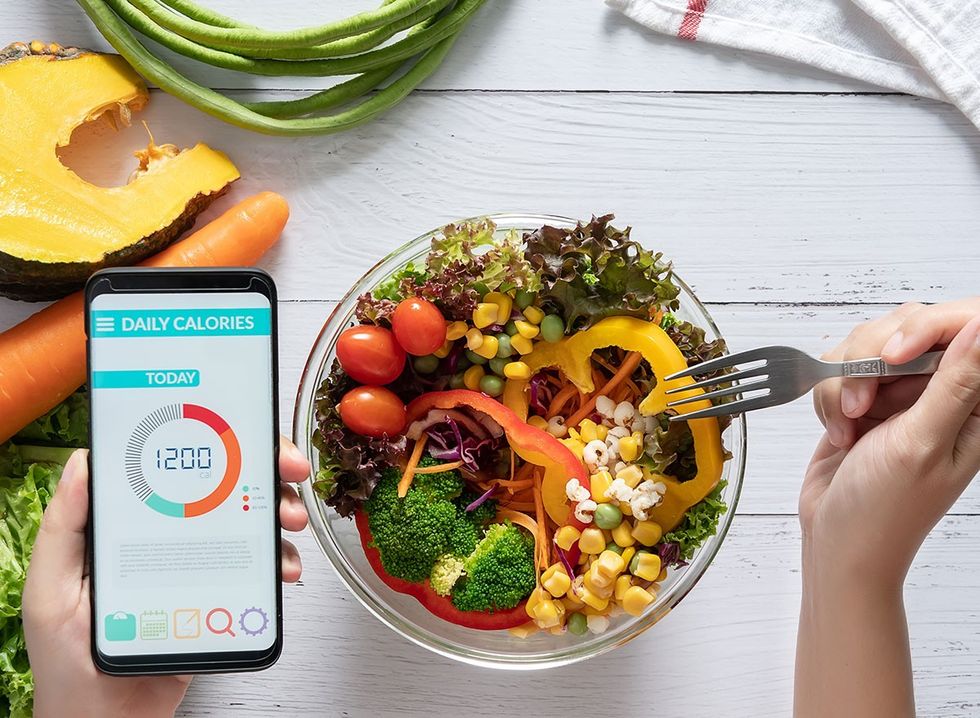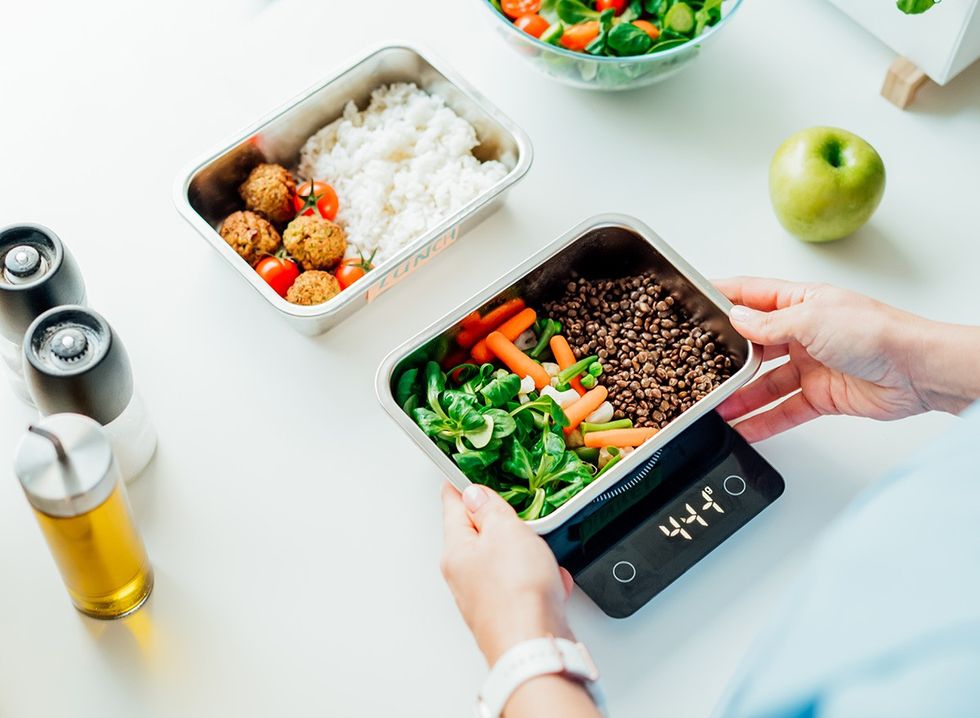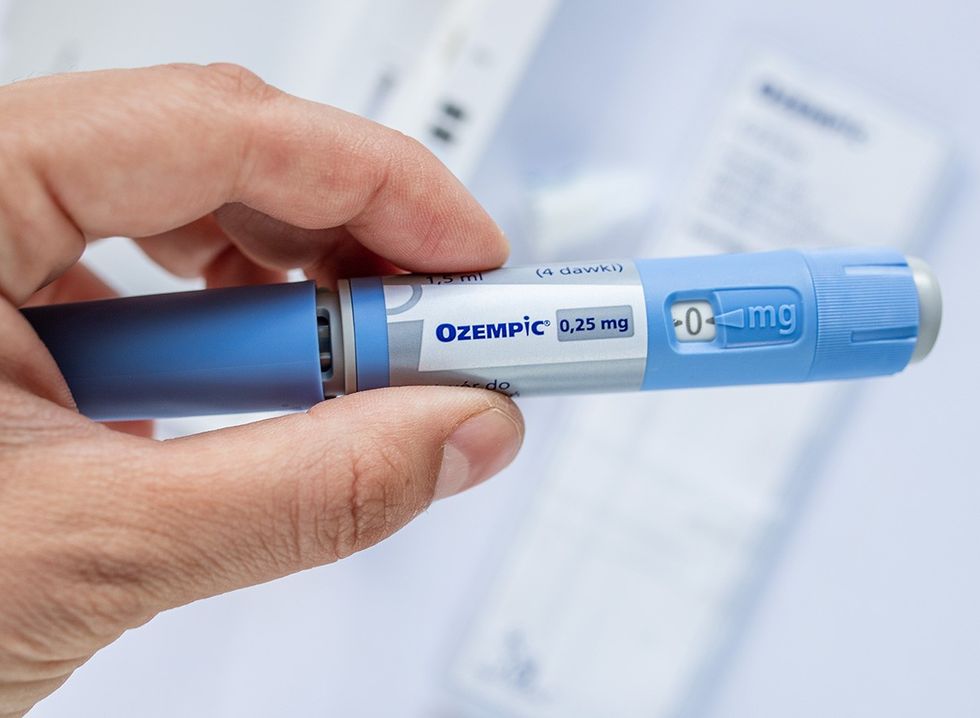Have you ever wondered what would happen if you completely eliminated processed foods from your diet? Will Tennyson, a fitness enthusiast who overcame his own struggles with body image and self-esteem through lifting, decided to take on this challenge. Known for inspiring others through his fitness journey, Will embarked on a week-long experiment to eat only natural, unprocessed foods. His experiment was inspired by the concept of "Blue Zones," areas where people live exceptionally long lives. Here's what we learned from his popular video chronicle of his experience.
Understanding Blue Zones
According to the National Institute of Health, Blue Zones are five pockets around the world where people live verifiably longer lives. These areas include Ikaria, Greece; Loma Linda, California; Nicoya, Costa Rica; Okinawa, Japan; and Sardinia, Italy. Researchers found that people in these areas share common lifestyle characteristics that contribute to their longevity.
Dan Buettner, founder of the Blue Zones concept, explains: "The Danish Twin Study established that only about 20 percent of how long the average person lives is dictated by genes, while about 80 percent is influenced by lifestyle and environment."
Key Findings on Diet and Health
The study revealed that 95% of centenarians in Blue Zones ate plant-based diets, including plenty of beans. They also consumed moderate amounts of alcohol, typically wine. The "80 Percent Rule" was common, where people stop eating when they feel 80% full.
Buettner notes, "The longest-lived people have strategies to keep themselves from overeating. There is clinical evidence that strategies such as stopping to say a prayer before meals, eating slowly so that the full feeling can reach the brain, not having televisions in kitchens, or eating with family lead to a decrease in food intake."
Will's Challenge Begins
Inspired by these findings, Will set out to replicate this natural diet for a week. "For the next seven days, I'm going to be eating all-natural," Will explained in his video. "It needs to be one ingredient. No, that doesn't mean sugar counts, goofballs. It has to be foods that come naturally from the earth."
The Grocery Store Reality Check
Will's first stop was Whole Foods, where he quickly realized the challenge ahead. "Over $20 for this tiny piece of steak. Were these cows fed from the Garden of Eden?" he quipped in his video. The experience opened his eyes to how much processed food we consume daily.
"Literally nothing in this aisle I can eat," Will observed while searching for snacks. "It's really eye-opening, to be honest."
RELATED: 7 Realistic Tricks to Lose Arm Fat That Fitness Coach Swears By
Adjusting to New Eating Habits
As the week progressed, Will noticed significant changes in his eating patterns and energy levels. "I actually feel great right now. From the moment I woke up to right now, I have had no energy dips, no brain fog, just feeling fantastic," he reported.
However, he also faced challenges. "I'm craving those [protein bars] so bad right now," Will admitted, highlighting the difficulty of finding suitable snacks.
Unexpected Benefits
Despite initial struggles, Will began noticing positive changes. "My gut feels like it's working its dream job. I have no bloat. Bathroom trips are frequent and phenomenal," he shared in his video.
He also observed improvements in his skin: "My forehead, I had some breakouts on day one. It's already starting to clear up and kind of flatten up a bit."
These observations align with the Blue Zones research, which found that people in these areas experience lower rates of chronic diseases and better overall health.
RELATED: 5 Tips to Beat Menopausal Stomach Fat That Actually Work, by Experts
The Downside: Cravings and Limitations
The strict diet wasn't without its drawbacks. Will found himself missing certain foods: "I'm really missing my old ways, especially in the morning," he confessed in his video, referring to his usual breakfast staples like sugar-free syrup and Greek yogurt.
He also struggled with the limitations of the diet, particularly when dining out. "If you ever see me out in public for dinner and I've ordered something like this, that is an SOS call for you to call the police and help me. I have been abducted," Will joked about his restrictive meal choices.
Unexpected Weight Loss and Final Thoughts
By the end of the week, Will was surprised to find he had lost weight. "I ended up losing roughly two and a half pounds this week, which was kind of unexpected. I feel like I lost probably a lot of bloat from having no artificial sweeteners and other crap the entire week."
While he found the strict all-natural diet unsustainable for a long time, the experience was eye-opening. "It did inspire me to start wanting to reduce some of the crap I have on a normal day-to-day basis," Will concluded.
He Felt “Fuller” But Also “Better”
Will's experiment highlighted the potential benefits of focusing on whole, unprocessed foods, much like the diets observed in Blue Zones. "It's pretty crazy. The lengths that I typically go to find these diet hack foods, make these massive volume meals to keep me full, only for it to keep me hungry all the time. And then the second I lower the volume focus on the better quality. Not only was I fuller, but I also felt better," he reflected in the video.
RELATED: 9-Step Ab Workout: Get Rock-Hard Abs in Just 60 Da
Feeling Good
The experience reminded him that health is about more than just physical appearance. "I think a lot of us kind of forget that health is about feeling good inside and out, not just only the out," Will said in the video, encouraging others to be mindful of what they put into their bodies.
While the strict all-natural diet may not be sustainable for everyone, Will's experiment serves as a reminder of the potential benefits of incorporating more whole, unprocessed foods into our diets, echoing the lessons learned from Blue Zones research. And if you enjoyed this article, take advantage of these 15 Quick Ways to Lose Body Fat Percentage in a Week.
















 Shutterstock
Shutterstock Shutterstock
Shutterstock Shutterstock
Shutterstock Shutterstock
Shutterstock Shutterstock
Shutterstock Shutterstock
Shutterstock Shutterstock
Shutterstock Shutterstock
Shutterstock Shutterstock
Shutterstock
 Shutterstock
Shutterstock Shutterstock
Shutterstock Shutterstock
Shutterstock Shutterstock
Shutterstock Shutterstock
Shutterstock Shutterstock
Shutterstock Shutterstock
Shutterstock Shutterstock
Shutterstock Shutterstock
Shutterstock Shutterstock
Shutterstock














 Shutterstock
Shutterstock Shutterstock
Shutterstock Shutterstock
Shutterstock Shutterstock
Shutterstock Shutterstock
Shutterstock Shutterstock
Shutterstock Shutterstock
Shutterstock Shutterstock
Shutterstock Shutterstock
Shutterstock Shutterstock
Shutterstock Shutterstock
Shutterstock Shutterstock
Shutterstock Shutterstock
Shutterstock Shutterstock
Shutterstock Shutterstock
Shutterstock Tara Collingwood
Tara Collingwood

 I'm a Nutritionist and These 9 High-Protein Snacks Keep My Clients Full While Losing 50 Pounds
I'm a Nutritionist and These 9 High-Protein Snacks Keep My Clients Full While Losing 50 Pounds
 Shutterstock
Shutterstock 2. Processed FoodsShutterstock
2. Processed FoodsShutterstock Shutterstock
Shutterstock Shutterstock/Prostock-studio
Shutterstock/Prostock-studio Shutterstock
Shutterstock Pro TipsShutterstock
Pro TipsShutterstock Shutterstock
Shutterstock Shutterstock
Shutterstock Shutterstock
Shutterstock Shutterstock
Shutterstock Don’t Drink as Much AlcoholShutterstock
Don’t Drink as Much AlcoholShutterstock Most Women on GLP-1s Are Making a Few Common MistakesShutterstock
Most Women on GLP-1s Are Making a Few Common MistakesShutterstock Soda and Sugary DrinksShutterstock
Soda and Sugary DrinksShutterstock Shutterstock
Shutterstock Eat BreakfastShutterstock
Eat BreakfastShutterstock And Improve Insulin SensitivityShutterstock
And Improve Insulin SensitivityShutterstock Belly Flab Strip Tip: Sugar and Fat Calories Leave Its Mark on Your BodyShutterstock
Belly Flab Strip Tip: Sugar and Fat Calories Leave Its Mark on Your BodyShutterstock Shutterstock
Shutterstock The Drugs Mimic the GLP-1 Hormone Naturally Produced by the BodyShutterstock
The Drugs Mimic the GLP-1 Hormone Naturally Produced by the BodyShutterstock